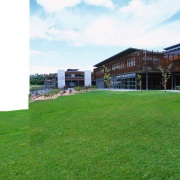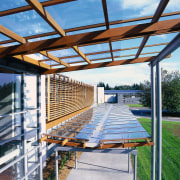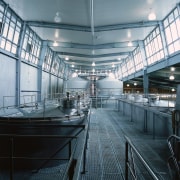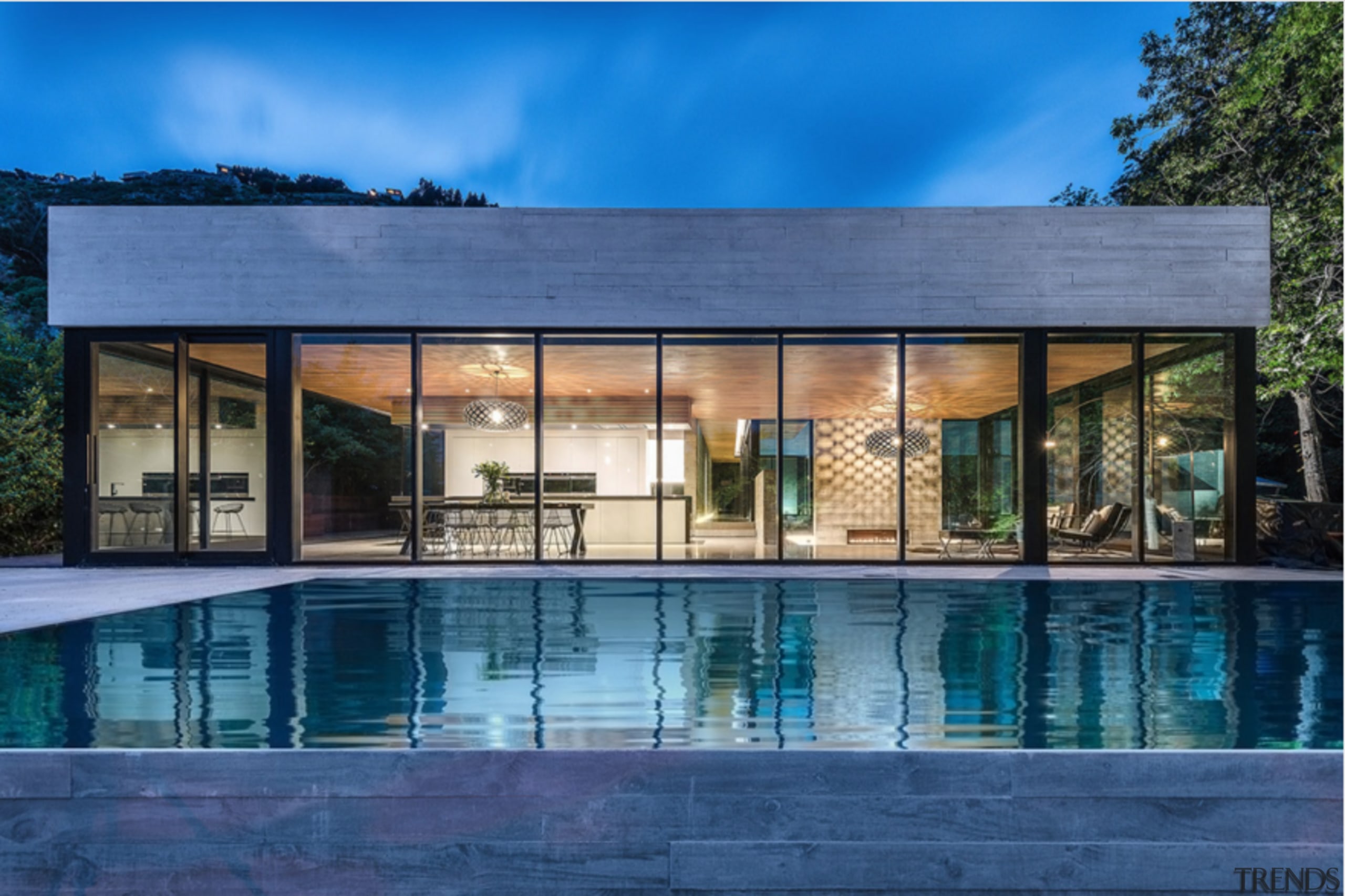Wine and song
Nestled inside a volcanic crater, this winery is designed to make and market wine alongside music and art
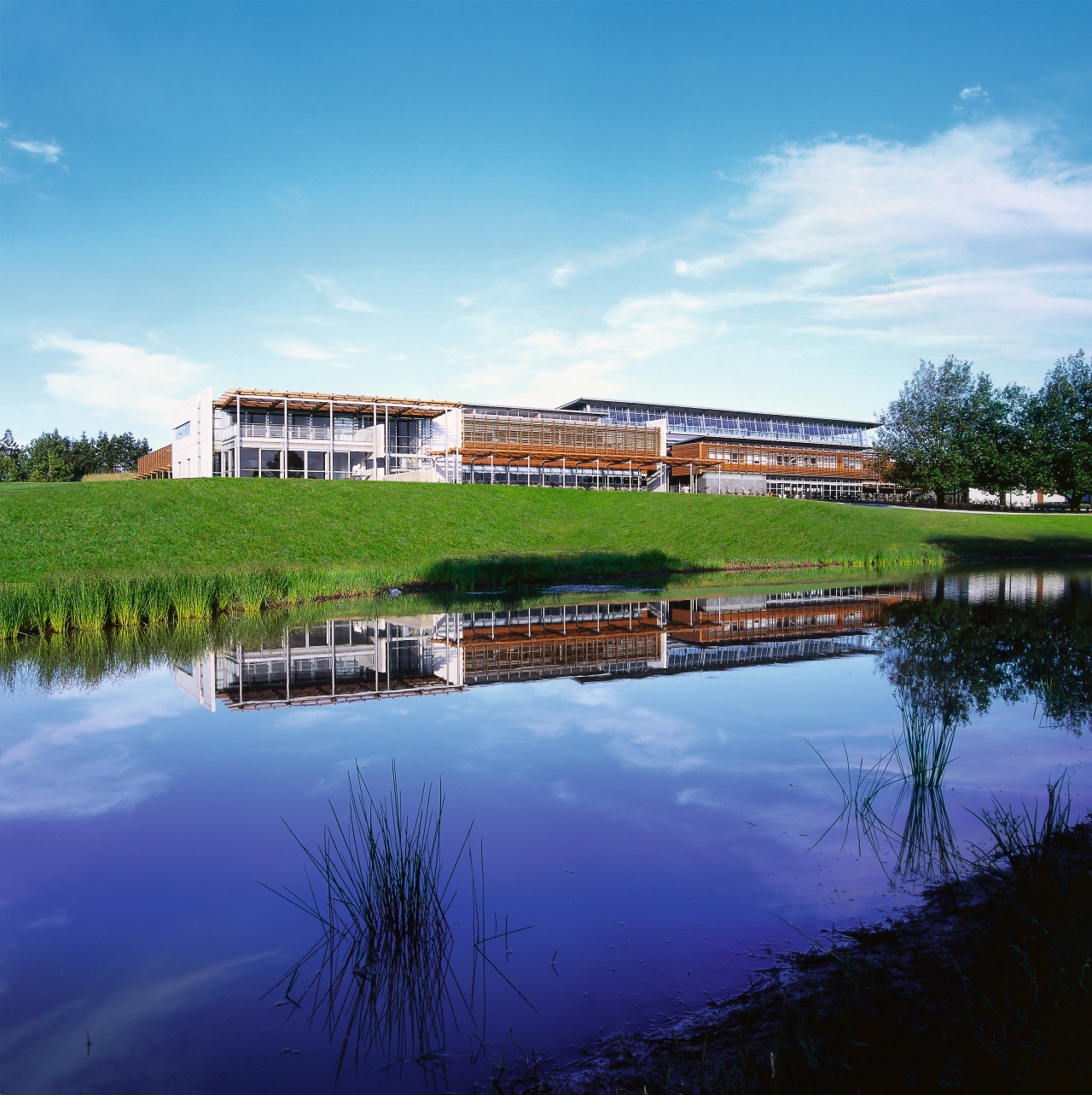
The ancient Greeks were so taken by the power of wine to transform, they ascribed to it immortal powers. Their god of wine Dionysus was both tantalising and terrifying. His antics were a favourite theme for Athenian vase painters as his image embodied the link between wine making, entertainment and art.
When Villa Maria decided to build a new winery and vineyard, the company mindful of wine's association with art and entertainment planned for something larger and more inclusive than a production facility. Wineries manager Fabian Yukich says although winemaking is the primary focus, there is an opportunity to provide entertainment and accommodation for visitors.
The company bought more than 40ha of land in Manukau, inside an old volcanic crater. Building began in 2002 and stage one has recently been completed. This stage includes the winery, administration area, cellar door and conference facilities.
"We've planned the winery as a 50-year project, so that we have the room to expand over time, rather than rely on additions," says Yukich.
Vines are planted on one third of the property, the remainder is buildings and extensively landscaped areas. This campus-like environment is designed for both guests and staff to enjoy.
Mirroring the buildings is an environmentally controlled water treatment area that has been shaped into a pond.

This large central water feature neatly illustrates the functional aesthetic that architect Hamish Cameron of Archimedia has employed throughout the design. The material palette of long-lasting materials such as concrete, steel and cedar reflects both the winemaking process and the landscape.
"The overall look of the buildings is mellow. Even though we have used predominantly modern materials, they possess an established quality. The design reflects the New Zealand character, while also suggesting solidity and permanence."
Yukich says that although Villa Maria is a large wine producer, they continue to create boutique wine. Grapes are collected in small batches, fermented in small quantities and blended in tanks that gradually increase in size. It is the efficient layout of tanks that dictated the size and scale of the winery and the relative positioning of the other buildings in the complex.
Adjacent to the winery, the Administration block features a double height canopy which addresses the park-like landscape. The various canopies in the complex are made from steel, cedar and glass, which provide shelter for upper level terraces and ground level walkways.
"The canopies provide a delicate foil to the monumentality of the buildings, creating a human scale," says Cameron.
Bookending the administration area are mono-lithic concrete walls. Cameron says these 300mm- thick structures are anchor points that provide a feeling of solidity without enclosing the building.
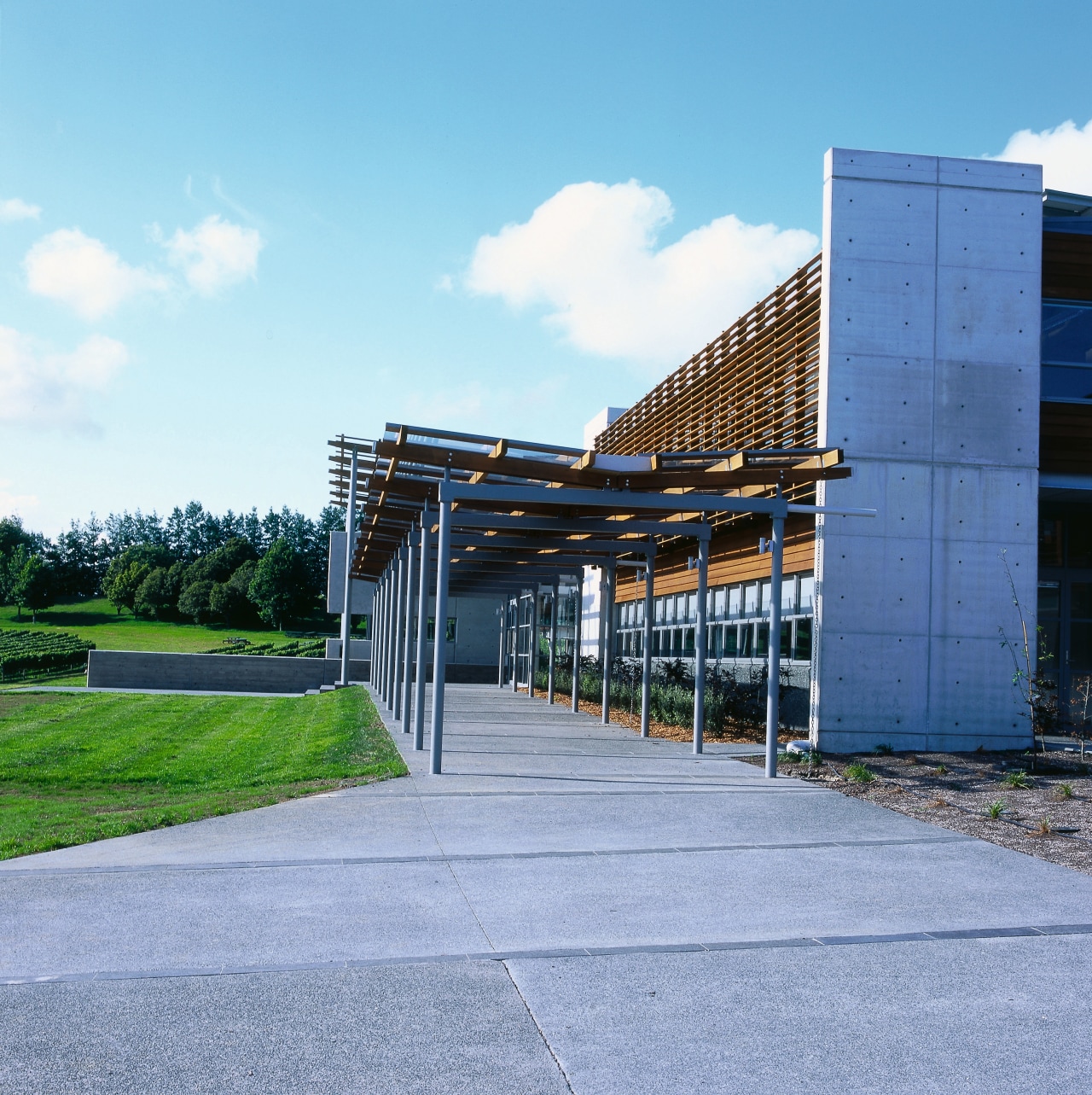
There is a gradual ascent through the site, from landscaped areas and concrete pathways to the polished concrete floors in the main receptionareas. Inside, an open glass and steel stairway leads to offices with transparent glass walls. Clear sight lines across the interior enable all staff to enjoy views of the vineyard.
Included in the winery amenities block is the winetasting room specifically constructed for the winemakers. Cameron says that inside, white walls assist with the art of blending. On the exterior, fixed cedar slats enclose the room.
"The mono-pitch roof of the winetasting room lifts towards the open expanse of the landscaped area and picks up the line of clerestory windows, which also feature in the winery."
Visitors can follow a path from the administration area to the actual wine-making facility and witness the transformation from grape to wine. A catwalk system has been specifically constructed for this purpose, allowing tourists to view the winemaking process, without getting in the way.
The next stage in the programme is to build the restaurant and guest accommodation. These will be located on the volcanic rim. Planning is under way, and Cameron says the pervading design philosophy is to remain open to the landscape, to change and to influence.
Credit list
Architect
Construction company
Structural engineer
Electrical engineer
Earthworks
Fire consultant
Cedar weatherboards and louvres
Aluminium louvres
Structural steel
Tiling
Paints
Stone supplier
Interior designer
Civil engineer
Mechanical engineer
Quantity surveyor
Precast concrete panels
Powdercoated aluminium
Window treatments
Acoustic plywood ceilings
Lighting
Story by: Trendsideas
Home kitchen bathroom commercial design
Connected to the ocean
Contrast and connection
At one with the Amazon



